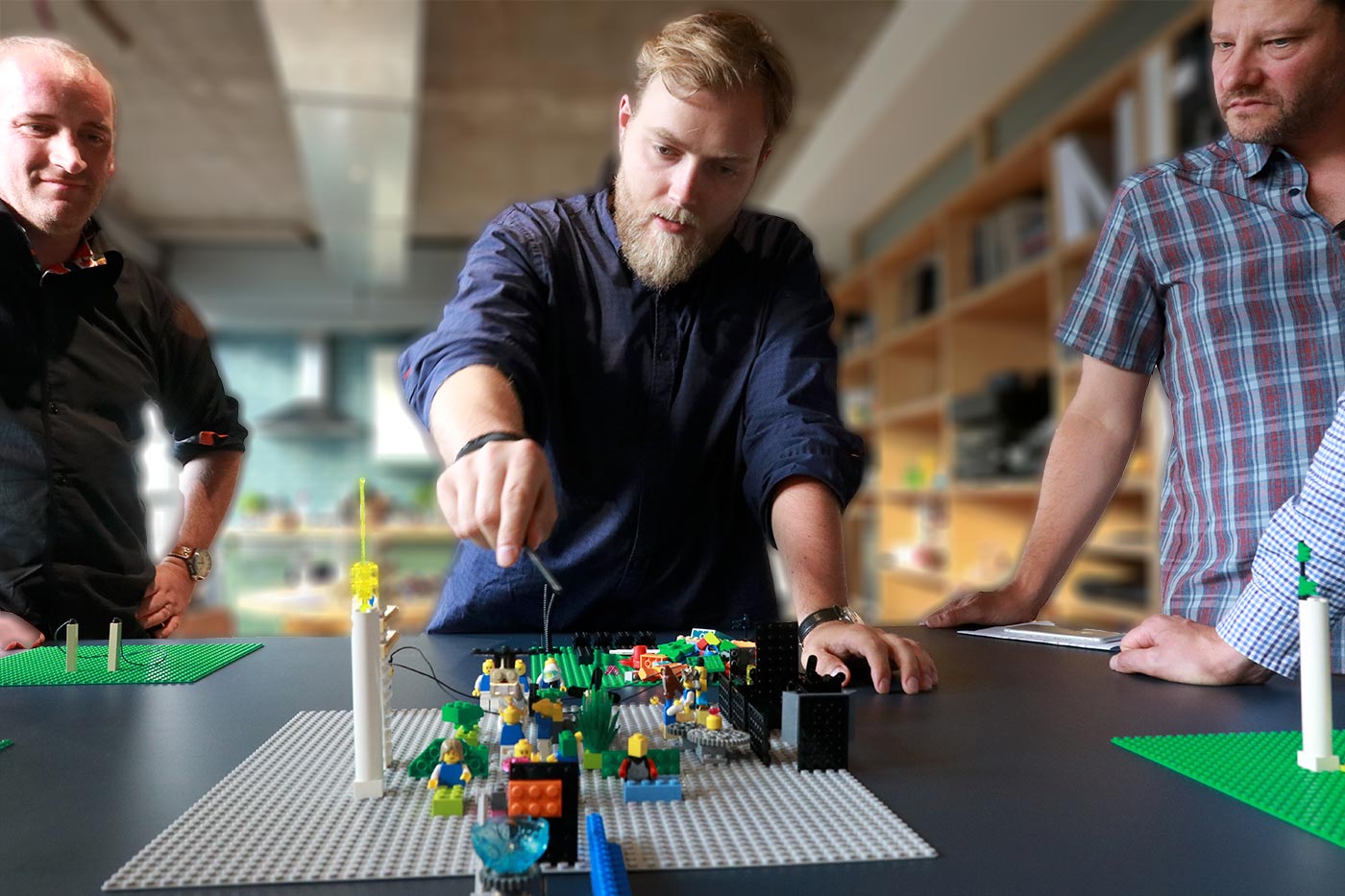



You may remember in January we gave you a taste of some of our plans for 2021. We have been working hard on these behind the scenes including some exciting developments to our 2 Day Online LEGO® SERIOUS PLAY® certified facilitator course. Participants now receive a paper copy of our book "How to facilitate LEGO® SERIOUS PLAY® ONLINE” along with further branded course materials and access to a new Slack channel devoted to Online sharing.
These improvements plus additional operating costs brought about by Brexit (don't blame us we voted *remain*) mean that we will be implementing a small price increase from 1st April of £100/€100. We hope that this will be seen as a reflection of our commitment to providing a gold standard service to our customers and as we enter this new chapter for SeriousWork we’d like to thank you for your support through this time of growth and change.
If you have any further questions or concerns regarding this price increase, please do not hesitate to contact
helen@serious.global who will be delighted to help.
El Capitan also known as El Cap, is a vertical rock formation in Yosemite National Park.

The
granite monolith is about 3,000 feet (914 m) from base to summit along
its tallest face. It is one big, big rock face. I know, I have tried to climb it twice, and failed both times.
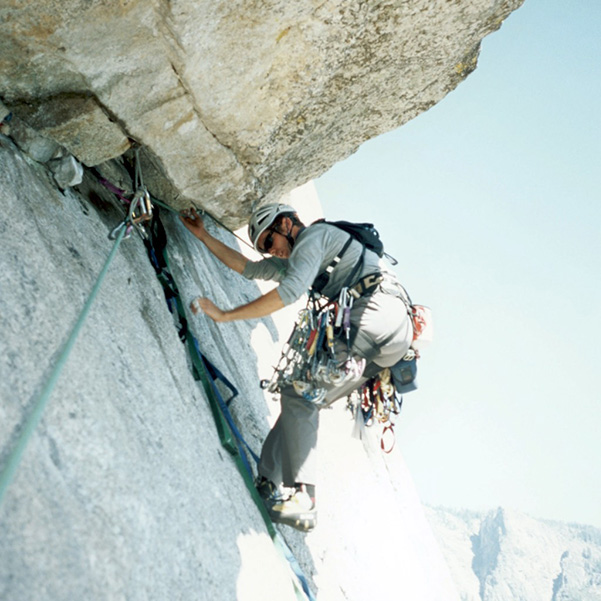
Can El Cap be climbed?
In the early 1960's, if you had asked if it was possible to climb El Cap, the answer would be likely be no, as back then, no human had ascended this mighty wall.
If you upped the ante, and asked it it could be climbed in less than
a day, most people would have thought that a crazy question. If
you had asked could it be climbing in under two hours or without ropes,
the leaders of the climbing community would have surely asked if you had
smoked something hallucinogenic, and met such questions with by saying "no, that simply is not possible!"
Too much no in the LEGO® SERIOUS PLAY® community?
The question "Can you facilitate LEGO® SERIOUS PLAY® online" was recently put to one of the elders of the LEGO® SERIOUS PLAY® method. His answer was, "No, it is not possible".
This
'no' is on video, on the internet. But as we know, there are lots of
spurious videos on the web, of leaders saying things that are untrue.
You might have recently heard a President saying bleach is a good cure
for Covid-19.
Not possible is possible
The job of innovators or the new generation is to confront orthodoxy, challenge established norms, and show that what not might have seemed possible is, in fact, quite possible. History is littered with examples of leaders saying 'this, that or another is not possible', only to be comprehensively proven wrong.
In 1964, El Cap was climbed by Warren Harding. It took him 47 days, using what is know as 'siege' tactics: climbing in an expedition style using fixed ropes along the length of the route, linking established camps along the way.
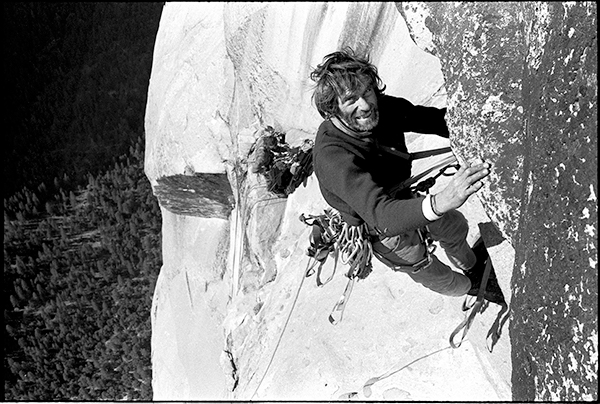
Lynn Hill was the first to 'free climb' (using no points of aid) the most iconic route on El Cap, 'The Nose' over 4 days in 1993.
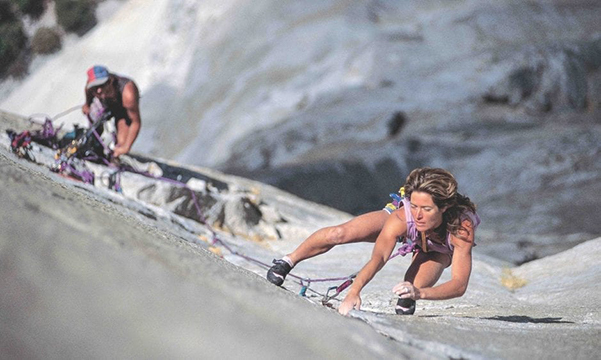
Photo: Heinz Zak
And as I'm sure some of you know, in June, 2017, a remarkable young man called Alex Honnold completed the first free solo climb of El Capitan. He climbed the whole route free, with no rope. And he did it in 3 hours and 56 minutes. The climb was filmed for the amazing 2018 documentary Free Solo.
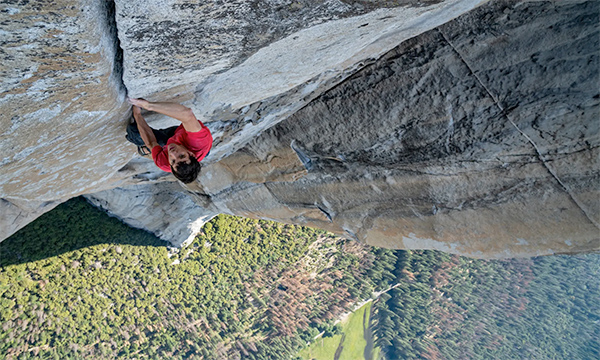
And whilst the first ascent of El Cap took 47 days, in 2018, Alex Honnold and Tommy Caldwell climbed El Cap in 1 hour 58 minutes.
Online LEGO Serious Play is possible - and in some ways better
Business guru Gary Hamel famously said that 'complacent incumbents' in any industry have a vested interest in things staying the same, but Covid-19 and environmental pressures have changed traditional ways of working, so has LEGO® SERIOUS PLAY® reached a limit, or become useless just because we are now online?
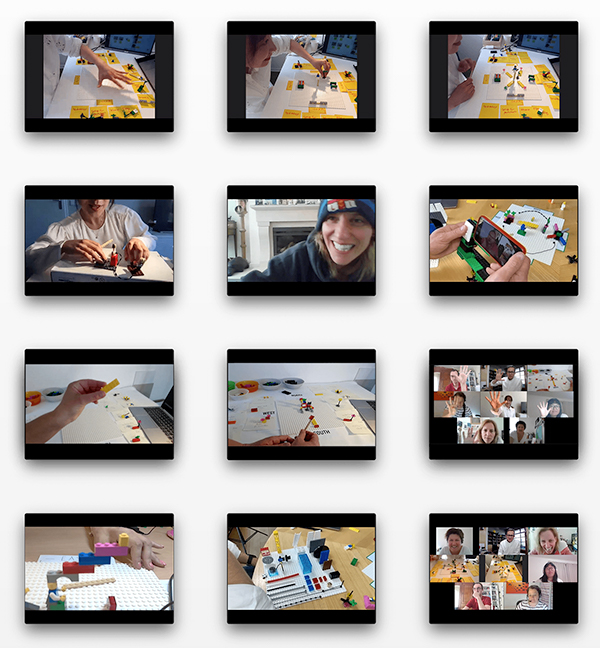
The clear answer is no. We have made the what we believe is first ascent of shared model building online, and more importantly we have trail blazed a new route to teaching others how to facilitate LEGO® SERIOUS PLAY® shared model building online. So this is just another of many moments where the old guard said "no, not possible" only to be proven wrong.
One has to wonder why such negative assertions are proffered, when innovation is needed?
20 years ago, the clever people (Professors Johan Roos and Bart Victor) had the imagination and vision to ask, 'can we use LEGO bricks for business strategy'.
This was a radicle and bold idea, and if they were still actively pioneering and advancing the LEGO Serious Play method today, surely they would have the imagination and ability to invent additional new techniques make the LEGO Serious Play method work-online? SeriousWork are not the inventors of LEGO Serious Play, but we have met the new challenges on online and have added new techniques to make online work, and work well.
It makes you wonder if organisations that claim to be guardians of the method are actually motivated by protecting their own self-interest?
A pioneering method needed online more than ever
In
the world we now live in, more than ever, people need tools and methods
to imagine new possibilities, design new models, and find ways to get
the economy moving again. The LEGO Serious Play method needs new skills
and mindsets to operate effectively online, but it is not only possible
but much needed.
So yes dear LEGO Serious Play facilitator you can facilitate online :)
The LEGO® SERIOUS PLAY® community is blessed with innovators (like the people who created this wonderful method) and hard core traditionalists (the ones who say 'no' quite often). So this blog post asks a contentious question:
Is Online Shared Model Building possible?
The answer is YES, and actually the experience and outcome is better than you might think.
The shared model building process differs in some important ways from face-to-face-in-the-same-room shared model building, and has its challenges as well as surprising opportunities. Yet, if a facilitator has the right mindset, has practiced the new techniques that online shared model building requires, and is well prepared before the workshop, the results can be as good as in the “real” world.
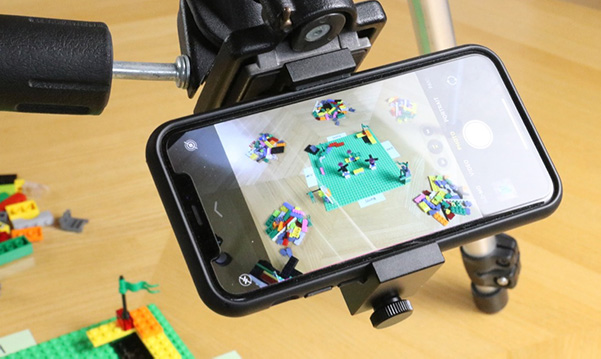
New Mindsets Needed
Some LEGO Serious Play traditionalists have recently written that online LEGO Serious Play cannot be learnt online because it lacks the tactile element. But this challenge can be overcome by new techniques that combine physical use of bricks with clever use of online-collaboration-tools. How do we know new mindsets are needed? Because if you had asked us a month ago, if Online LEGO Serious Play was possible we would have said no. But it turns out we were wrong too.
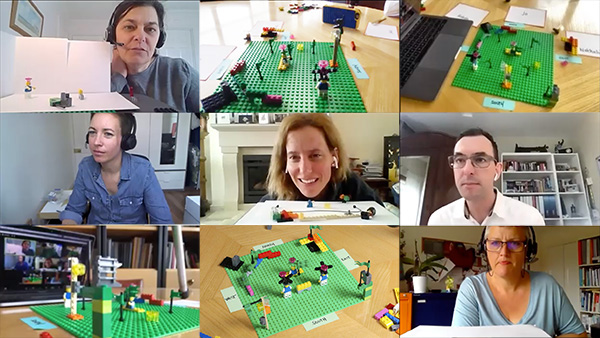
A group building a shared model online
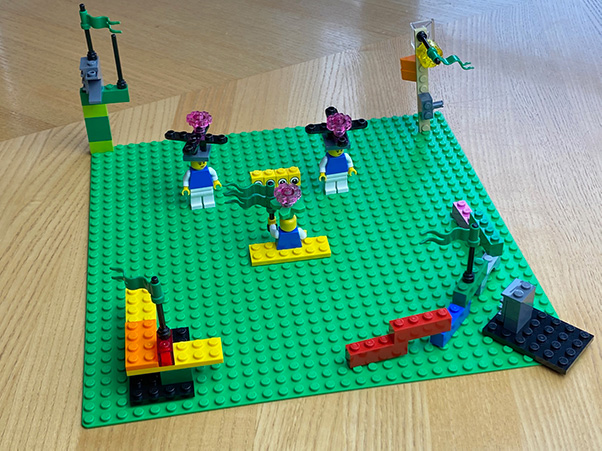
A shared model built online by the group pictured above
Our business was born by embracing constraints
Can we be honest for a moment?
Four years ago, when we launched our book SERIOUSWORK, we unwittingly upset one of the authors of the other main book about LEGO Serious Play. When we came to develop our own training we knew this would be seen as controversial move in the LEGO Serious Play community.
And like every participant who were trained by the traditional school, we signed an agreement on the first day of our training agreeing not to use others Intellectual Property. We have honoured that agreement, and as it turns out, the limits and constraints of that agreement was one of the greatest gifts of being trained by the original method.
Constraints and limits are rocket fuel for innovation. We turned the 'master / trainee' model on its head three years ago and pioneered practice-based learning in LEGO Serious Play, and today we are embracing the constraints Covid-19 demands to create another innovation in LEGO Serious Play - online facilitation and training.
Masters of change, use change, to create change
Covid-19 has changed traditional ways of working. And for a while, face-to-face meetings are out. But now, more than ever, people working-from-home, need to meet in ways that facilitate human-to-human connection and support people to make sense of this new reality. People need effective ways to imagine what next, to rebuild careers, products and services in the hugely challenging times we are in.
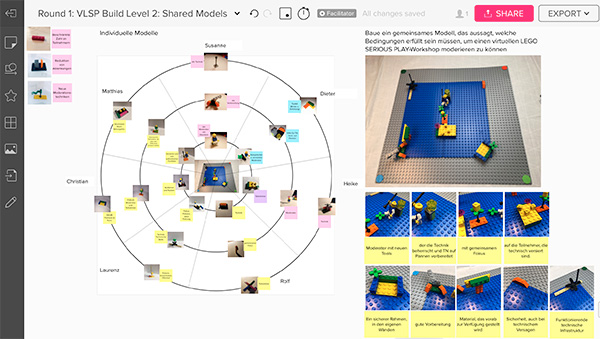
Harness disruption to innovate even better solutions
So when disruption comes along, this can be seen as an opportunity or a threat. History is full of examples of organistions that created change, adapted to change or fell by the way unable to adapt to change.
Uber change the taxi market, AirBnB changed the hotel market, Amazon changed the high street, the list is long.
Online facilitation and training
Just as our second book, MASTERING The LEGO Serious Play Method (ironically launched in March 2020, the same month that Covid-19 put half the world on some form of lockdown), sought to pass on techniques for professional facilitation of LEGO Serious Play in face-to-face settings, our new book How to Facilitate The LEGO Serious Play Method ONLINE and training will seek to pass on all that we know, with the spirit of sharing that is defining our new age.
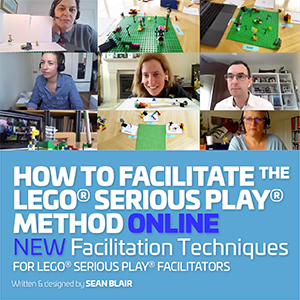
Sean Blair & Jens Droge

Taking time to explore alignment will help build ownership of the ideas being discussed. The curiosity and honesty that follow provide a boost of energy that often spurs participants towards a meaningful outcome.
After someone has told the story of a shared model, you might ask - "based on the story that has just been told, do you have any questions or concerns about the model?"
This question directs all listeners to one interpretation and is simple to answer.Here are five tools to get your group to express their thoughts:
1) Scales of agreement
Using the method cards here set out a scale of agreement on a table or the floor. Invite the group to work in silence and ask people to decide where they are in relation the model. Ask each person to write on the gridcard the position they take, along with a question or comment that relates to their level of agreement. When the writing is done, have each person read their card aloud and place it in the relevant place on the scale. The clusters illustrate the collective view of the group whilst the grid cards record each persons true thoughts: this method was adapted from an idea created by facilitation guru and author Sam Kaner.
2) Thumb voting
Ask participants to give a simple thumbs up, thumbs down, or somewhere in between to indicate if they have any questions or concerns. Thumbs up is no concerns, whilst thumbs down is major concerns. The most useful data comes from the people who’s thumbs are somewhere between horizontal and vertical (or 9:00-11:00 on a clock face). In turn, invite people to voice these slight reservations and ask them to identify how they could be addressed. This is a really quick and easy way to understand the alignment within a group.
3) Using 'traffic light' bricks
Get participants to select a red, amber and green brick and then use these like traffic-lights to indicate their level of reservation with what has been said. This simple method of assessing the reservations in your group is quick and leaves a visual record of the questions an individual has: this method was created by Anna-Lyse Raoul during our January 2018 training.
4) Using physical space
It can be interesting to use physical space as a literal expression of alignment around an idea. Use opposite walls to represent differing perspectives - perhaps no reservations vs major reservations. Ask participants to stand in the space which represents their view. This physical clustering helps people identify which colleagues are most closely aligned, and can be a good way of changing the energy if a group is waining: this method was introduced to us by Emma Owen during a July 2018 training.
5) Using bricks as scale
Rather usefully, a 1-10 stud brick can be used as a numeric scale of alignment - simply place a second piece at the point on the 10 stud scale that represents your view (1 being no alignment, 10 being complete alignment). This method has the advantage of creating a lasting record of what was said. Useful for returning to after a break, or capturing in photographs.
Used well, these tools have the power to unlock honest and meaningful dialogue and will result in greater clarity and ownership of the final idea.
We hope you enjoy them - Good luck!
Stephen M.R. Covey’s book The Speed of Trust: The One Thing that Changes Everything, contains a great set of ideas that bring clarity to some of the often paradoxical parts of our relationships. It’s also a framework that holds exciting potential to be explored using LEGO® SERIOUS PLAY®.
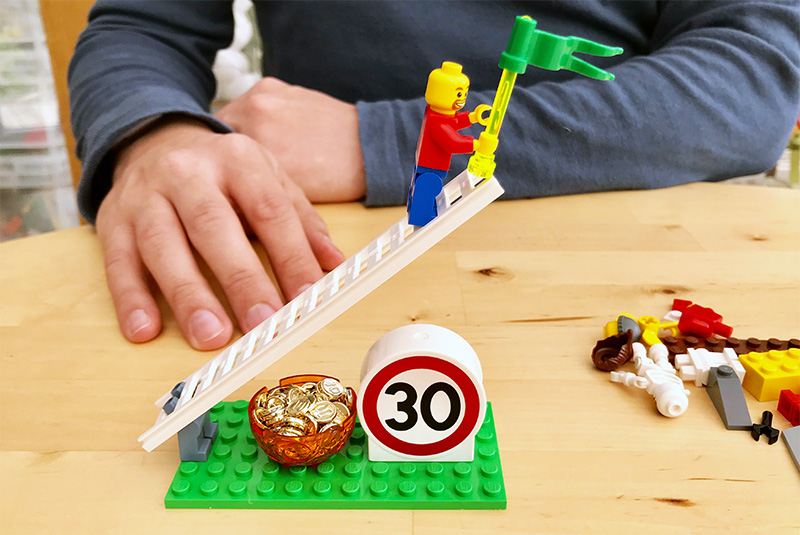
Covey advocates that trust is the one thing that changes everything. He quantifies it as a tangible asset, one that affects every individual, relationship, team, family, organisation, nation, economy and civilisation across the world. Viewed through this lens, it suddenly becomes a very appealing concept to understand more deeply.
Put simply, if trust is high, things happen faster and at lower cost, than when trust is low.
According to Covey’s thinking trust has four cores, which are like the parts of a tree:
The roots are Integrity (Are your congruent?)
Integrity is deep honesty and truthfulness - it is walking your talk and being true to who you really are. For many this is the most familiar aspect of trust. Like the roots of a tree, it underpins everything and is vital, without it we see people as dishonest or unprincipled.
The trunk is Intent (What's your agenda?)
Intent is your fundamental motive or agenda and the behaviour that follows. Trust grows where our motives are straightforward and based on mutual benefit. If we do not believe that someone’s intent is to act in our best interests, we become suspicious of them.
The branches are Capability (Are you relevant?)
Capability is your capacity to achieve results.It's your ability to inspire confidence.The means by which we produce tangible results.Included within capability is our ability to establish, grow and repair trust. Without capability the tree is a stump, it has no means by which to produce results.
The leaves are Results (What’s your track record?)
Results matter enormously to your credibility. If we don’t deliver what is expected trust is reduced. Past, present and future results all matter, but disregarding the other three cores and achieving results by any means will seriously damage trust.
Covey also outlines 13 behaviours that he believes are universal in high trust people.
Talk straight, demonstrate respect, create transparency, right wrongs, show loyalty, deliver results, get better, confront reality, clarify expectations, practice accountability, listen first, keep commitments & extend trust.
Take a moment to evaluate one relationship in your life where trust is low, using the four cores of credibility above. You can probably pinpoint, where the gaps are. The framework provides the knowledge and language to quantify trust and serves as a great tool for self reflection - we can start to understand how others may trust us.
Improving trust
The 13 behaviours are a simple way to focus our thinking and understand how we can inspire greater trust from others. We need a blend of all of them (rather than several to excess) and Covey provides detailed insight into mastering each. In short he provides a guide of how to behave yourself out of problems you’ve behaved yourself into.
Repairing trust
In understanding trust, one of the natural questions is how to repair it. Fundamentally this depends on the areas in which it is lacking, overcoming a perceived deficiency in character (integrity or intent) is much more difficult than a deficiency in competence (capability or results). Covey advocates that it is absolutely possible to repair trust given the right opportunity. To learn more (and how!) you really should read the book…
I’m excited by the potential of running a workshop using the ideas within The Speed of Trust and LEGO® SERIOUS PLAY®. I anticipate it could be used to explore multiple axes. A few ideas:
The 4 cores of credibility
As integrity underpins the four cores this is a useful starting build when talking about trust. IN SAFE environments you could invite team members to “Build a model to show who you truly are when you are at your most congruent” with the objective of deepening the group’s understating of each others integrity.
On pages 51-53 of the book Covey provides a rating system to quantify trust across the four cores of credibility. Using this metric, participants could be asked to “Build a model to show what you might do to strengthen your weakest core.” It would be best for participants to start with themselves and declare their intent with this build / model. (NB think hard about the reflection stage and the value this can bring.)
The 13 behaviours hold rich potential. Using LEGO® SERIOUS PLAY® to explore what they look like, the barriers to creating them, or identifying what the right amount of them looks like could bring huge value within a workshop setting.
If you have run a workshop using the speed of trust as a framework - we’d love to hear about it...